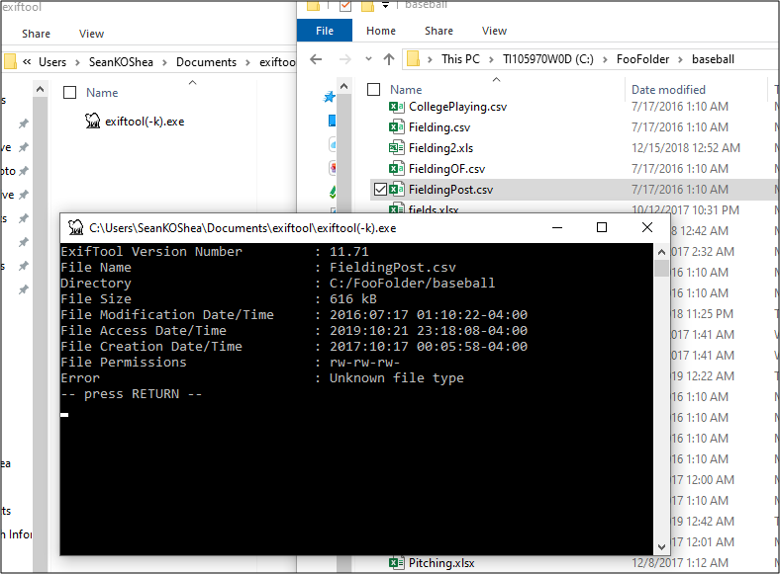
Jupyterlab_pygments 0.1.2 pyh9f0ad1d_0 conda-forge Jupyterlab 3.2.0 pyhd8ed1ab_0 conda-forge Jupyter_server 1.11.1 pyhd8ed1ab_0 conda-forge Jupyter_client 7.0.6 pyhd8ed1ab_0 conda-forge Jsonschema 4.1.0 pyhd8ed1ab_0 conda-forge Importlib-metadata 4.8.1 p圓9hcbf5309_0 conda-forge With a single output line, that line is captured as-is, but PowerShell's unified treatment of collections and scalars exposes a. Count reduces the memory load (because the lines themselves needn't all be collected in memory first), at the expense of execution speed. That said, at least hypothetically, piping to Measure-Object first for output-line counting and then applying.Count on that array to get the line count. Given that PowerShell emits the lines output by an external programs one by one, which - when collected via (.) - amounts to an array of lines, you can simply invoke. jpg in the current directory.įorEach-Object processes each file-information object, accessible via the automatic $_ variable, and passes it to the external exiftool program as a full, file-system-native path, via the file-information object's. Get-ChildItem -Filter *.jpg outputs file-information objects for each file whose extension is.
#EXIFTOOL COMMAND MP4#
Now I want to know that is there any way to edit the creation dates of MP4 files natively in python which can theoretically execute faster than the subprocess method. This has drastically improved the runtime of my script. Then I realised that most of my photos are JPG and videos are MP4, it is very easy to edit Exif data of JPG files in python using some of the libraries present & for the lesser proportion of photos like PNG I can use exiftool. This process is quite hefty and is taking a large amount of time. I call this tool in a subprocess to edit the Date tags in EXIF/Metadata. In order to achieve this, I'm currently using - ExifTool by Phil Harvey, which is a Perl executable. This script that I'm working on helps me to merge the timestamp present in the JSON file into its subsequent photo or video. The Takeout service for Google Photos actually strips all the metadata of an image/video into a separate JSON file. Ĭurrently, I'm working on a python3 script that helps me sort the Google Photos takeout files. to include hidden sub-directoriesĮxiftool -r -ext mp4 -overwrite_original -Title'

type f -name '*.mkv' -exec mkvpropedit -set "title=' \ Warning : Missing required JPEG ExifIFD tag 0xa001 ColorSpaceįind.

Warning : Non-standard IFD0 tag 0xea1c Padding Warning : Invalid date/time format for EXIF:CreateDate

Warning : Non-standard format (int8u) for IFD0 0x9004 CreateDate Warning : Wrong IFD for 0x9004 CreateDate (should be ExifIFD not IFD0) Warning : Invalid date/time format for EXIF:DateTimeOriginal Warning : Non-standard format (int8u) for IFD0 0x9003 DateTimeOriginal Warning : Wrong IFD for 0x9003 DateTimeOriginal (should be ExifIFD not IFD0) Warning : Non-standard format (int32s) for GPS 0x0005 GPSAltitudeRef Warning : Non-standard ExifIFD tag 0xea1d OffsetSchema

Warning : Non-standard ExifIFD tag 0xea1c Padding Warning : Suspicious MakerNotes offset for Tag9401 Warning : Possibly incorrect maker notes offsets (fix by 4088?) C:\>exiftool -G1 -a -s -DateTimeOriginal Y:\!temp\aa\bbb\DSC02102.JPG


 0 kommentar(er)
0 kommentar(er)
